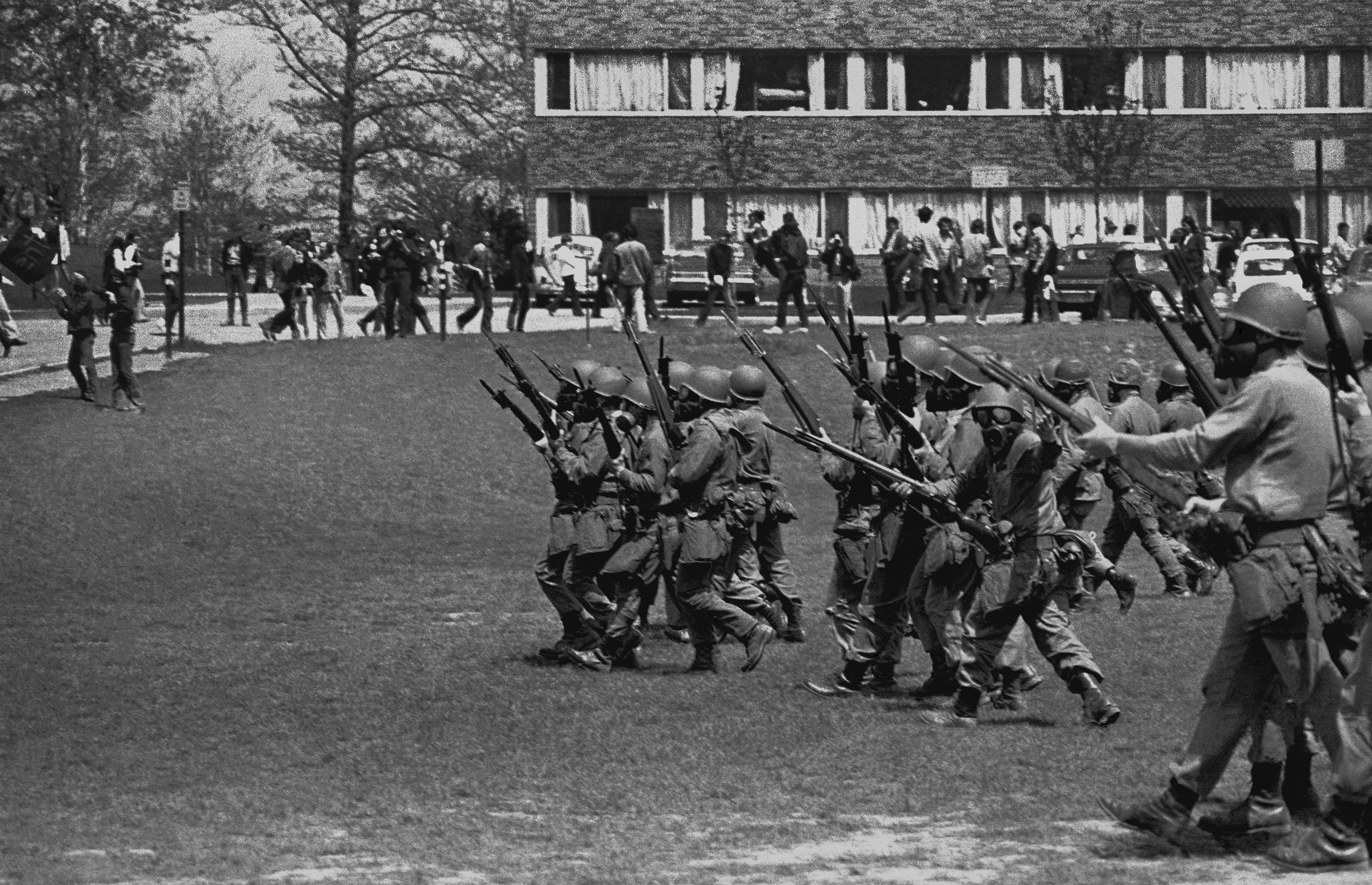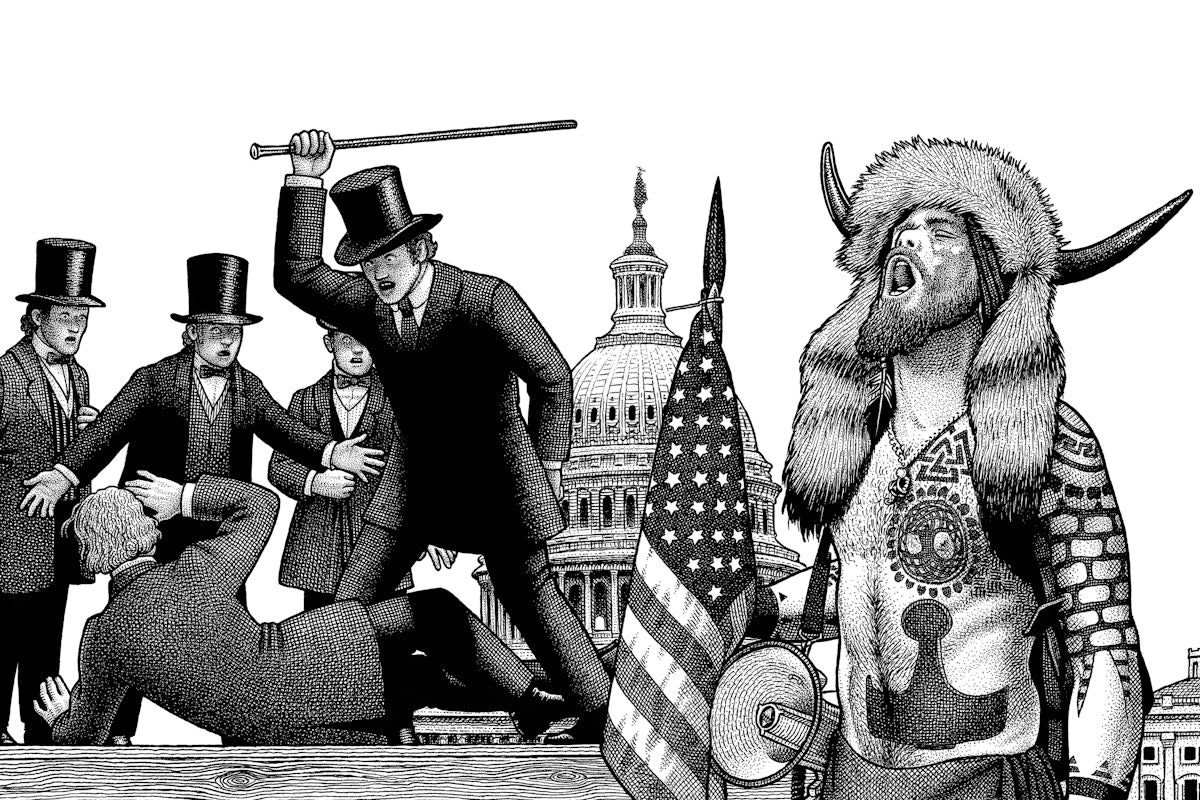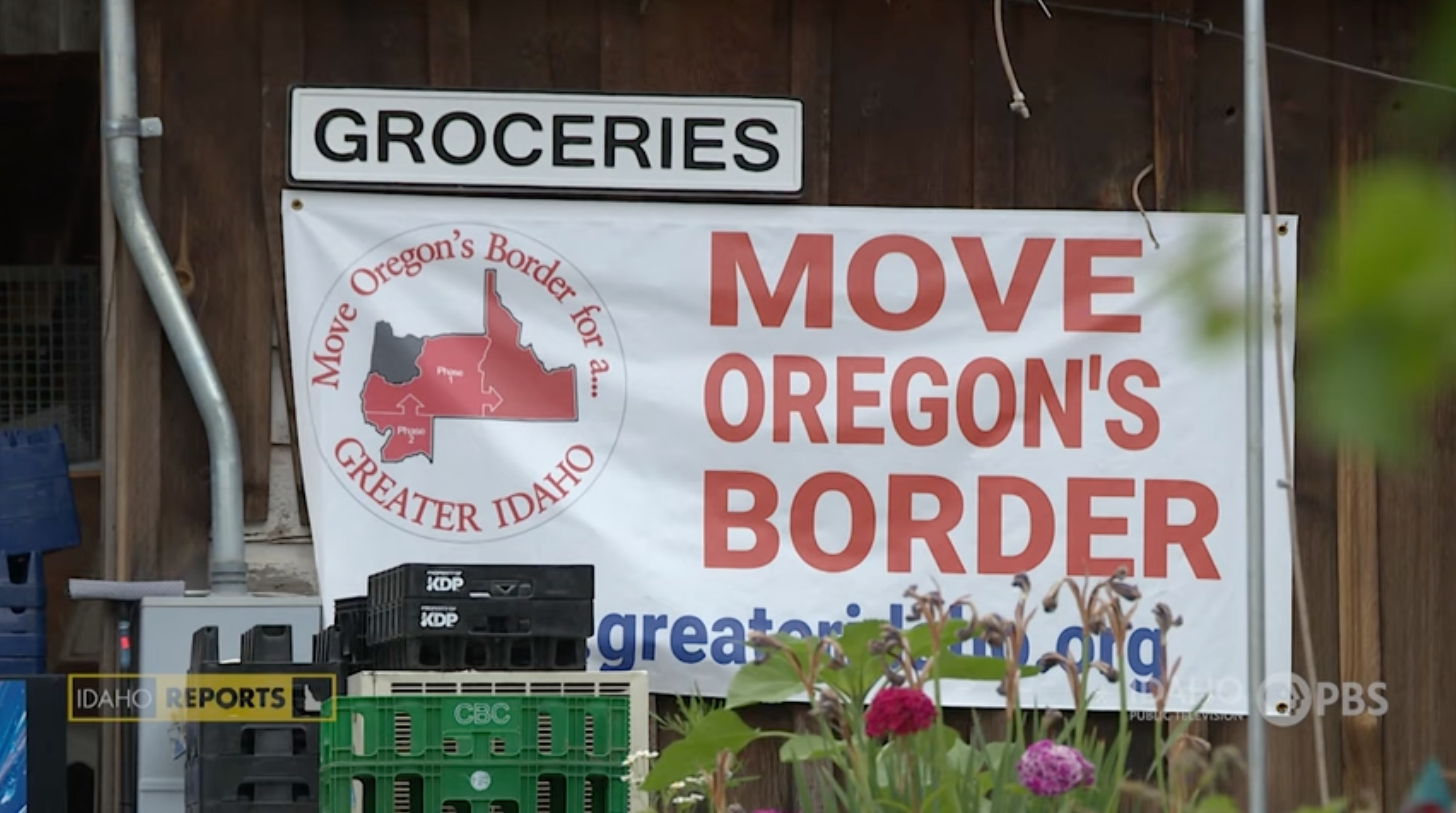Search results
The appointment of Black people to high federal offices—including General Colin Powell, Chairman of the U.S. Armed Forces Joint Chiefs of Staff, 1989–93, United States Secretary of State, 2001–05; Condoleezza Rice, Assistant to the President for National Security Affairs, 2001–04, Secretary of State in, 2005–09; Ron Brown, United ...
- Slavery Comes to North America, 1619
- Rise of The Cotton Industry, 1793
- Nat Turner’s Revolt, August 1831
- Abolitionism and The Underground Railroad, 1831
- Dred Scott Case, March 6, 1857
- John Brown's Raid, October 16, 1859
- Civil War and Emancipation, 1861
- The Post-Slavery South, 1865
- 'Separate But Equal,' 1896
- Washington, Carver & Du Bois, 1900
To satisfy the labor needs of the rapidly growing North American colonies, white European settlers turned in the early 17th century from indentured servants (mostly poorer Europeans) to a cheaper, more plentiful labor source: enslaved Africans. After 1619, when a Dutch ship brought 20 Africans ashore at the British colony of Jamestown, Virginia, sl...
In the years immediately following the Revolutionary War, the rural South—the region where slavery had taken the strongest hold in North America—faced an economic crisis. The soil used to grow tobacco, then the leading cash crop, was exhausted, while products such as rice and indigo failed to generate much profit. As a result, the price of enslaved...
In August 1831, Nat Turnerstruck fear into the hearts of white Southerners by leading the only effective slave rebellion in U.S. history. Born on a small plantation in Southampton County, Virginia, Turner inherited a passionate hatred of slavery from his African–born mother and came to see himself as anointed by God to lead his people out of bondag...
The early abolition movement in North America was fueled both by enslaved people's efforts to liberate themselves and by groups of white settlers, such as the Quakers, who opposed slavery on religious or moral grounds. Though the lofty ideals of the Revolutionary era invigorated the movement, by the late 1780s it was in decline, as the growing sout...
On March 6, 1857, the U.S. Supreme Court handed down its decision in Scott v. Sanford, delivering a resounding victory to southern supporters of slavery and arousing the ire of northern abolitionists. During the 1830s, the owner of an enslaved man named Dred Scott had taken him from the slave state of Missouri to the Wisconsin territory and Illinoi...
A native of Connecticut, John Brown struggled to support his large family and moved restlessly from state to state throughout his life, becoming a passionate opponent of slavery along the way. After assisting in the Underground Railroad out of Missouri and engaging in the bloody struggle between pro- and anti-slavery forces in Kansasin the 1850s, B...
In the spring of 1861, the bitter sectional conflicts that had been intensifying between North and South over the course of four decades erupted into civil war, with 11 southern states seceding from the Union and forming the Confederate States of America. Though President Abraham Lincoln’s antislavery views were well established, and his election a...
Though the Union victory in the Civil War gave some 4 million enslaved people their freedom, significant challenges awaited during the Reconstruction period. The 13th Amendment, adopted late in 1865, officially abolished slavery, but the question of freed Black peoples’ status in the post–war South remained. As white southerners gradually reestabli...
As Reconstruction drew to a close and the forces of white supremacy regained control from carpetbaggers (northerners who moved South) and freed Black people, Southern state legislatures began enacting the first segregation laws, known as the “Jim Crow” laws. Taken from a much-copied minstrel routine written by a white actor who performed often in b...
As the 19th century came to an end and segregation took ever stronger hold in the South, many African Americans saw self-improvement, especially through education, as the single greatest opportunity to escape the indignities they suffered. Many Black people looked to Booker T. Washington, the author of the bestselling Up From Slavery (1900), as an ...
- 4 min
News about COVID-19, college protests, George Soros
News about illiberalism, Caucasian, America
Also in the news
3 days ago · The uninterrupted history of Blacks in the United States began in 1619, when 20 Africans were landed in the English colony of Virginia. These individuals were not enslaved people but indentured servants —persons bound to an employer for a limited number of years—as were many of the settlers of European descent (whites).
- Hollis Lynch
Aug 14, 2019 · At 43, I am part of the first generation of black Americans in the history of the United States to be born into a society in which black people had full rights of citizenship.
- Nikole Hannah-Jones
This is a timeline of African-American history, the part of history that deals with African Americans . Europeans arrived in what would become the present day United States of America on August 9, 1526. With them, they brought families from Africa that they had captured and enslaved with intentions of establishing themselves and future ...
Before 1965, black people of foreign birth residing in the United States were nearly invisible. According to the 1960 census, their percentage of the population was to the right of the decimal point.
Oct 27, 2009 · The civil rights movement was a struggle for justice and equality for African Americans that took place mainly in the 1950s and 1960s. Among its leaders were Martin Luther King Jr., Malcolm X, the ...






